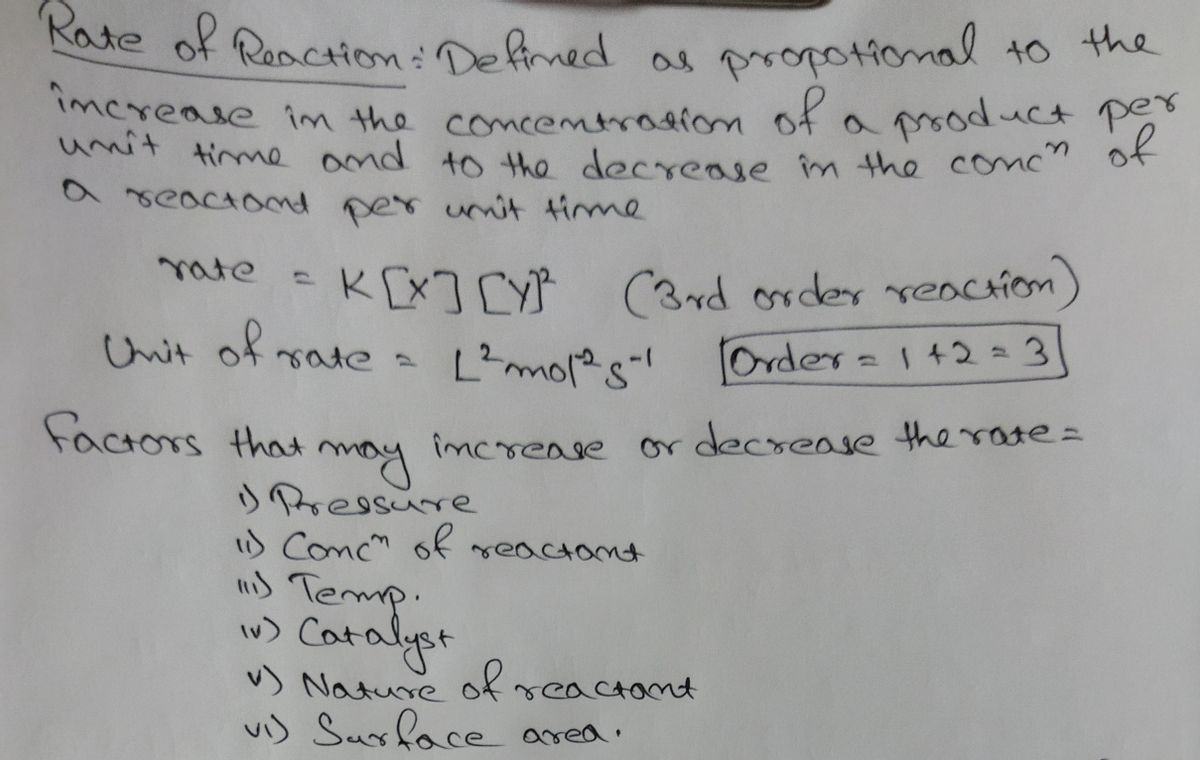Catalysis and Enzymatic Reactions
Catalysis is the kind of chemical reaction in which the rate (speed) of a reaction is enhanced by the catalyst which is not consumed during the process of reaction and afterward it is removed when the catalyst is not used to make up the impurity in the product. The enzymatic reaction is the reaction that is catalyzed via enzymes.
Lock And Key Model
The lock-and-key model is used to describe the catalytic enzyme activity, based on the interaction between enzyme and substrate. This model considers the lock as an enzyme and the key as a substrate to explain this model. The concept of how a unique distinct key only can have the access to open a particular lock resembles how the specific substrate can only fit into the particular active site of the enzyme. This is significant in understanding the intermolecular interaction between proteins and plays a vital role in drug interaction.
![**Chemical Reaction Rate Expression**
The rate of a chemical reaction is given by the equation:
\[ \text{rate} = k[X][Y]^2 \]
**Explanation:**
- **k**: This is the rate constant, a factor that takes into account the effect of temperature on the rate of reaction.
- **[X]**: This represents the concentration of reactant X.
- **[Y]^2**: This indicates that reactant Y is second-order, meaning its concentration is squared in the rate equation.
This expression shows how the rate of reaction is affected by the concentration of the reactants. Specifically, the rate will increase or decrease by a factor of ______ (blank to be filled based on specific experimental data).
This understanding helps in predicting how changes in concentrations can affect the speed of chemical reactions, which is crucial in fields ranging from industrial chemistry to environmental science.](/v2/_next/image?url=https%3A%2F%2Fcontent.bartleby.com%2Fqna-images%2Fquestion%2Fbe983b18-ee33-44db-82aa-7c6bfcc1e549%2F6f30c910-ffab-4aa4-a780-8eb53ea00cab%2F7s70kw_processed.jpeg&w=3840&q=75)

Step by step
Solved in 2 steps with 2 images









